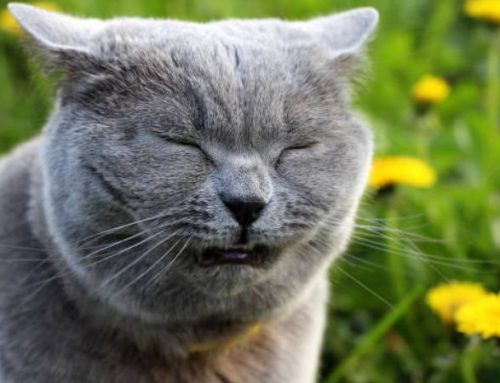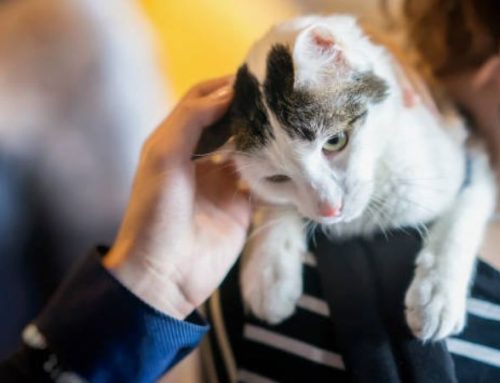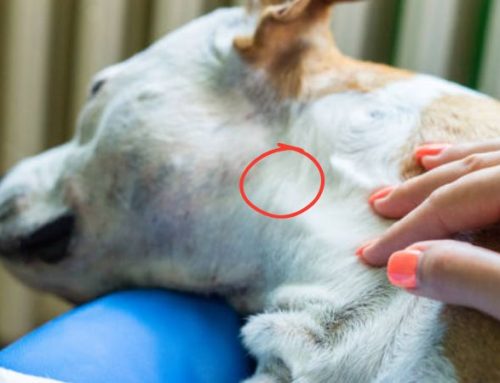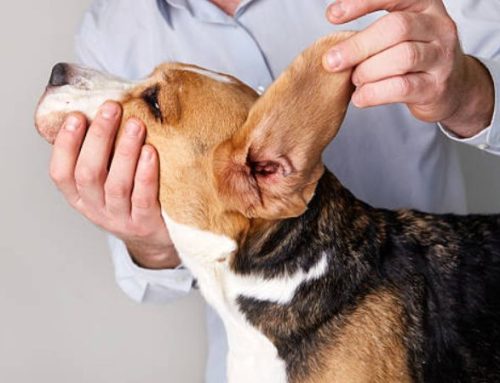Watching cats mate can be surprising, especially when the female suddenly turns on the male right after the act. What looks like aggression is actually a perfectly normal part of feline reproduction. At Nexus-Pets, we’ll explore why female cats often attack their partners after mating and what this behavior really means.
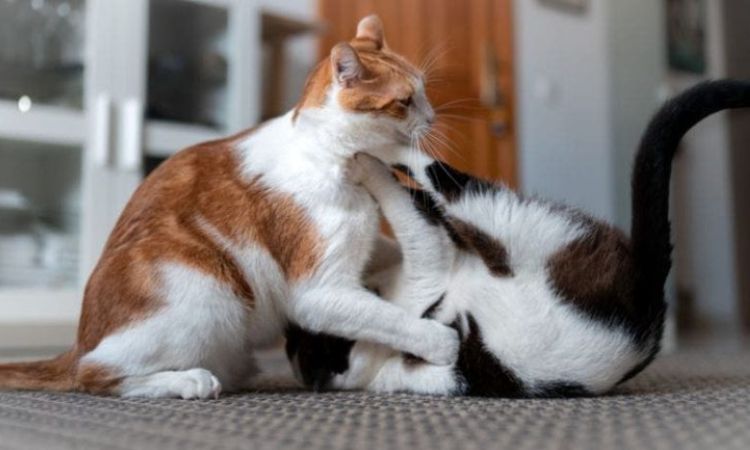
Why Female Cats Attack Males After Mating
Mating in cats may look more like a fight than a gentle courtship, and one of the most striking behaviors is the sudden aggression a female cat often shows toward the male immediately afterward. Far from being unusual, this response is rooted in feline biology and physiology.
- Hormonal Surge and Neuroendocrine Stimulation: Cats are induced ovulators, meaning that ovulation is triggered by mating rather than occurring on a fixed cycle. During copulation, the female experiences a rapid hormonal surge that stimulates her neuroendocrine system. This sudden change can leave her highly reactive, leading to behaviors such as vocalizing loudly, rolling, or lashing out at the male.
- The Role of the Barbed Penis: A tomcat’s penis is covered with tiny keratinized spines. These barbs lie flat during penetration but scrape against the walls of the female’s vagina when withdrawn. While this mechanical stimulation is essential to trigger ovulation, it can also be physically uncomfortable or even painful for the female, which helps explain her explosive response once mating ends.
- Aggression as a Reaction to Pain and Discomfort: The combination of physical discomfort and hormonal shock often results in defensive behavior. Female cats may hiss, growl, swat, or even chase the male away after mating. This aggression is not a sign of dislike but a natural reaction to the intense sensations she experiences.
- Protective Function of Post-Mating Aggression: By attacking or pushing the male away, the female creates distance at a moment when she is especially vulnerable. This helps prevent unwanted repeated advances before her body is ready again, while also reducing the risk of injury.
In short, the apparent hostility of female cats after mating is a normal part of feline reproduction. It reflects both the unique anatomy of the male and the hormonal mechanisms that make successful breeding possible.
Other Post-Mating Female Behaviors
After mating, female cats often display a range of instinctive and sometimes dramatic behaviors driven by both hormonal shifts and the physical intensity of the experience. One of the most noticeable is the loud, piercing scream or vocalization during and immediately after mating. This reaction is largely due to the pain caused by the male’s barbed penis as well as the sudden hormonal surge triggered by copulation.
Once the mating ends, many females roll vigorously on the ground or begin to groom themselves obsessively. This response is believed to help them cope with the heightened physical sensations and hormonal changes taking place in their bodies.
It’s also common for females to become temporarily hostile or agitated toward males in the aftermath. This hostility usually subsides once hormone levels stabilize, but during this period, females often hiss, swat, or chase away any approaching males.
Interestingly, female cats are induced ovulators, which means that ovulation occurs only after mating. Because of this, they may mate multiple times in a short span, often with different males, increasing the chances of successful fertilization.
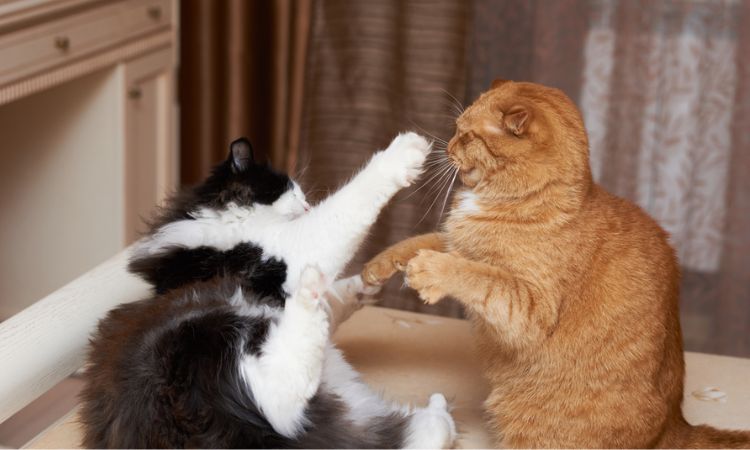
Biological Purpose of Aggression and Mating Behavior
- Natural and necessary: The aggression female cats display after mating is not random—it is a natural reproductive strategy that prevents prolonged or repeated copulation.
- Ensures effective ovulation: As cats are induced ovulators, this aggressive response ensures that male stimulation is sufficient to trigger ovulation.
- Protects the female: This behavior helps the female avoid injury or exhaustion and signals that she is temporarily unreceptive until her body is ready for another mating cycle.
- Keeps males safe: By responding assertively, the female encourages the male to withdraw promptly, reducing his risk of injury and maintaining the balance needed for successful reproduction.
Addressing and Managing Aggression
Female cats can be highly defensive immediately after mating, so it is important to approach them with caution. Attempting to handle or interact with a queen during this period may provoke hissing, swatting, or scratching, as she reacts to the physical and hormonal stress of mating.
Spaying and neutering are the most effective strategies for managing these aggressive behaviors. Removing the reproductive drive through surgery not only prevents unwanted litters but also reduces the frequency of post-mating aggression, excessive vocalizations, and roaming. In households with multiple cats, these procedures help maintain a calmer and safer environment for both the cats and their owners.
This article has explored the fascinating and often misunderstood behavior of female cats attacking males after mating. This isn’t an act of aggression but a natural, instinctual response rooted in biology and evolution. The post-coital attack serves a dual purpose: it protects the female from a potentially painful or invasive male presence and helps induce ovulation, a process crucial for successful reproduction.



